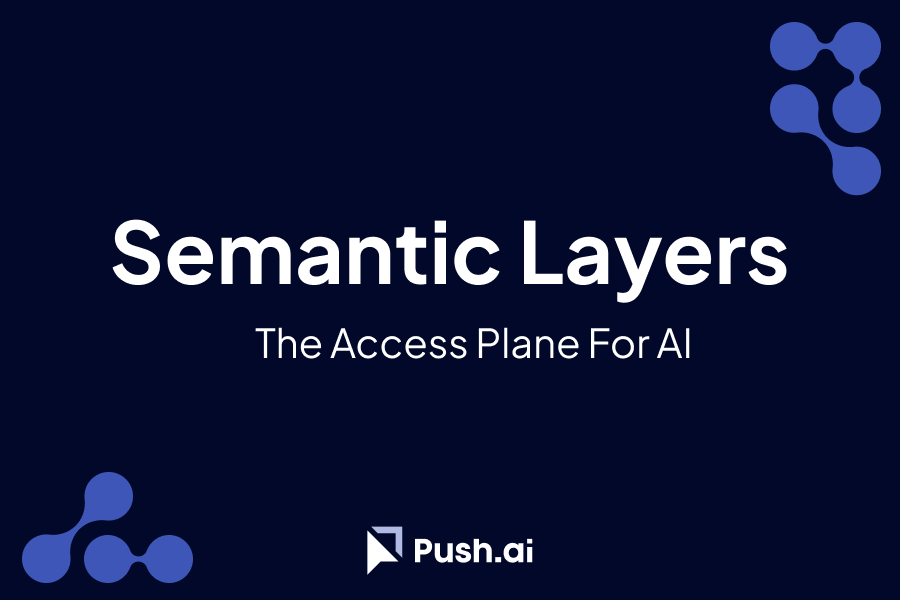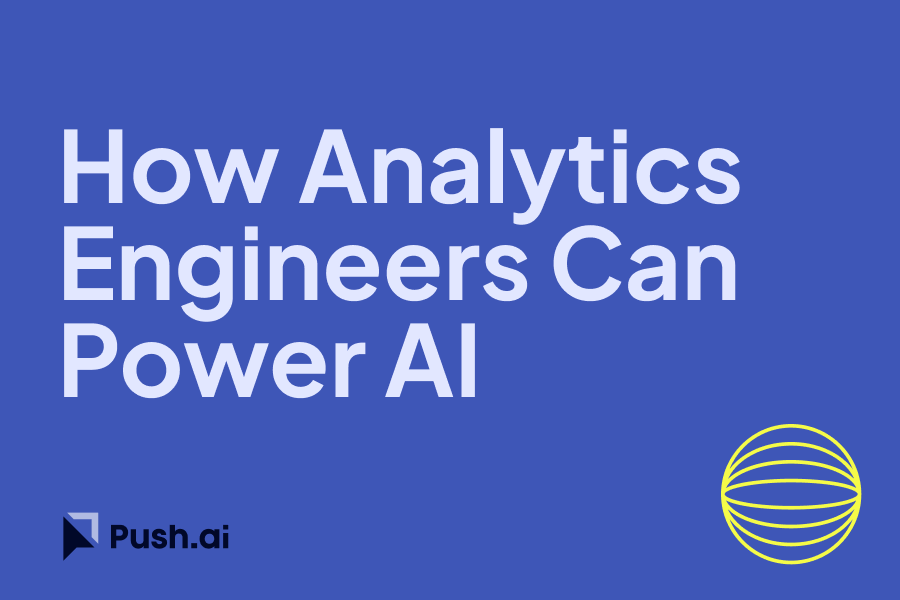Bridging AI-Driven Software Engineering and Analytics Engineering: A New Workflow Paradigm
In the world of software engineering, AI tools like ChatGPT, Cursor, and Claude Code are transforming how developers work. They’re not just writing code faster—they’re reshaping the entire workflow from idea to implementation. And now, these same AI-augmented workflows are making their way into analytics engineering, allowing data teams to work smarter and more efficiently.
From Voice Notes to Requirements: Letting AI Draft Your Specs
Imagine starting a new analytics project. Instead of painstakingly writing a product requirements document by hand, you use AI to capture your thoughts. You might dictate a stream-of-consciousness voice note or run a deep research request that pulls in data from GitHub and the web. The AI then turns this input into a polished requirements document. This approach lets you focus on the big picture while AI handles the details.
AI as Your Engineering Manager: Detailing Implementation in Markdown
Once you have your requirements, you copy them into a tool like Cursor within a project folder. You ask the AI to act like an engineering manager, breaking down the implementation into detailed markdown files that you can review before any code is written. These files might outline data models, transformations, and tests—essentially giving you a blueprint for the entire analytics project.
Test-First Methodology: Ensuring Reliable AI Implementation
After reviewing and approving the implementation plan, you let the AI handle the coding. But here’s the key: you follow a test-first approach. You set up unit tests, integration tests, and end-to-end tests before implementation begins. This way, the AI not only writes code but also uses these tests as guardrails. If something breaks or produces errors, the AI can self-correct based on the test results. This test-first methodology is a game-changer, allowing the AI to prove that it has successfully completed each task and that the code meets your quality standards.
Applying This to Analytics Engineering
Now, let’s bring it back to analytics engineering. Analytics engineers can adopt this same workflow. For instance, when starting a new data modeling project, they can let AI turn high-level business questions into detailed requirements. They can then have the AI draft the dbt model implementation and set up a test suite. By doing so, analytics engineers can apply the same AI-augmented, test-driven approach that software engineers use. This not only speeds up their workflow but also ensures higher reliability and consistency in their data models.
Conclusion: A Unified AI-Augmented Approach
In the end, the same AI-driven workflows that are revolutionizing software engineering are now empowering analytics engineers. By integrating AI into every step—from requirements gathering to test-driven development—data teams can work more efficiently and deliver more robust analytics solutions. In a world where AI is becoming a trusted partner, analytics engineers who embrace these workflows will be well-positioned to lead the next wave of data innovation.


%201.svg)







